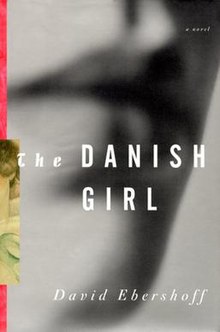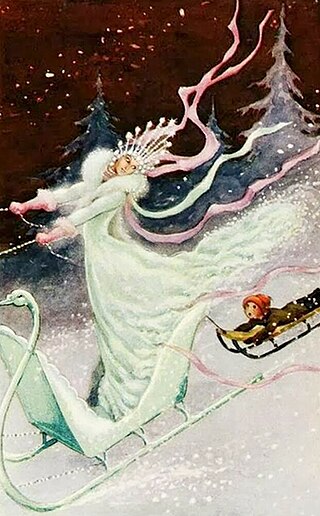
"The Snow Queen" is an 1844 original fairy tale by Danish author Hans Christian Andersen. It was first published 21 December 1844 in New Fairy Tales. First Volume. Second Collection. The story centers on the struggle between good and evil as experienced by Gerda and her friend, Kai. Unlike Andersen's other stories, The Snow Queen is written in a novel-styled narrative, being divided into seven chapters.
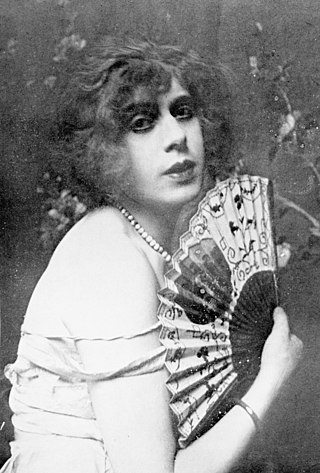
Lili Ilse Elvenes, better known as Lili Elbe, was a Danish painter, transgender woman, and one of the earliest recipients of sex reassignment surgery.
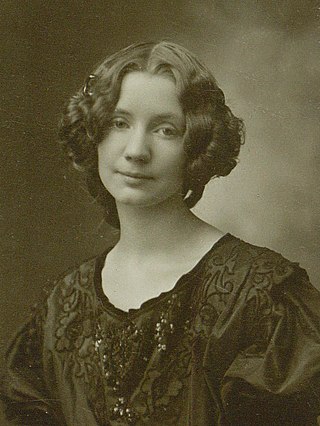
Gerda Marie Fredrikke Wegener was a Danish illustrator and painter. Wegener is known for her fashion illustrations and later her paintings that pushed the boundaries of her time concerning gender and love. These works were classified as lesbian erotica at times and many were inspired by her partner, transgender painter Lili Elbe. Wegener employed these works in the styles of Art Nouveau and later Art Deco.

Nyhavn is a 17th-century waterfront, canal and entertainment district in Copenhagen, Denmark. Stretching from Kongens Nytorv to the Inner Harbour just south of the Royal Playhouse, it is lined by brightly coloured 17th and early 18th century townhouses and bars, cafes and restaurants. The canal harbours many historical wooden ships.

David Ebershoff is an American writer, editor, and teacher. His debut novel, The Danish Girl, was adapted into an Academy Award-winning film of the same name in 2015, while his third novel, The 19th Wife, was adapted into a television movie of the same name in 2010.

Copenhagen City Hall is the headquarters of the Copenhagen City Council as well as the Lord mayor of the Copenhagen Municipality, Denmark. The building is situated on City Hall Square in central Copenhagen.

Edward John David "Eddie" Redmayne is an English actor. He has received various accolades, including an Academy Award, a Tony Award, a BAFTA Award, and two Olivier Awards.
Helen Deutsch was an American screenwriter, journalist, and songwriter.

Nyboder is a historic row house district of former Naval barracks in Copenhagen, Denmark. It was planned and first built by Christian IV to accommodate a need for housing for the personnel of the rapidly growing Royal Danish Navy and their families during that time. While the area is still commonly associated with the name of its founder as one of his numerous building projects around Copenhagen, the Nyboder seen today was in fact, except for a single row of houses in Sankt Pauls Gade, built from 1757.

Charlottenborg Palace is a large town mansion located on the corner of Kongens Nytorv and Nyhavn in Copenhagen, Denmark. Originally built as a residence for Ulrik Frederik Gyldenløve, it has served as the base of the Royal Danish Academy of Fine Arts since its foundation in 1754. Today it also houses Kunsthal Charlottenborg, an institution for contemporary art, and Danmarks Kunstbibliotek, the Royal Art Library.

The Danish Girl is a 2015 biographical romantic drama film directed by Tom Hooper, based on the 2000 novel of the same title by David Ebershoff, and loosely inspired by the lives of Danish painters Lili Elbe and Gerda Wegener. The film stars Eddie Redmayne as Elbe, one of the first known recipients of gender-affirming surgery, Alicia Vikander as Wegener, and Sebastian Koch as Kurt Warnekros, with Ben Whishaw, Amber Heard, and Matthias Schoenaerts in supporting roles.

Ulla Poulsen Skou, formerly Baroness Ulla Rosenørn-Lehn, was a Danish ballerina and actress. She was a soloist at the Royal Danish Ballet and is best known for being the subject of a series of portraits by Gerda Wegener.

Alicia Amanda Vikander is a Swedish actress. She is the recipient of various accolades, including an Academy Award, and nominations for two Golden Globe Awards and three British Academy Film Awards.

Anna Karenina is a 2012 historical romantic drama film directed by Joe Wright. Adapted by Tom Stoppard from Leo Tolstoy's 1878 novel of the same name, the film depicts the tragedy of Russian aristocrat and socialite Anna Karenina, wife of senior statesman Alexei Karenin, and her affair with the affluent cavalry officer Count Vronsky. Keira Knightley stars as the titular character; this is her third collaboration with director Joe Wright following Pride & Prejudice (2005) and Atonement (2007). Jude Law and Aaron Taylor-Johnson appear as Karenin and Vronsky, respectively. Matthew Macfadyen, Kelly Macdonald, Domhnall Gleeson, and Alicia Vikander appear in key supporting roles.
Melanie Ann Oliver is a New Zealand film editor. She is best known for her works in the films Anna Karenina (2012), Les Misérables (2012), The Danish Girl (2015) and Victoria & Abdul (2017).

Kurt Warnekros was a German gynaecologist and pioneer in sex reassignment surgery.
Hanne Marie Svendsen is a Danish writer and former broadcasting executive. She has written works on Danish literature, plays and novels, including the award-winning Guldkuglen (1985), published in English as The Gold Ball in 1989.
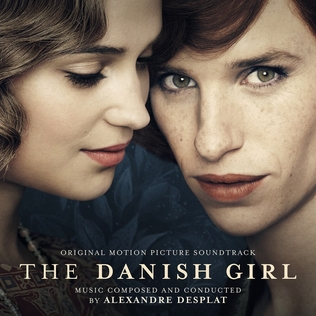
The Danish Girl (Original Motion Picture Soundtrack) is the soundtrack album composed by Alexandre Desplat for the 2015 film The Danish Girl. It was released by Decca Records on 27 November 2015, the same day as the film’s theatrical release in the United States.
